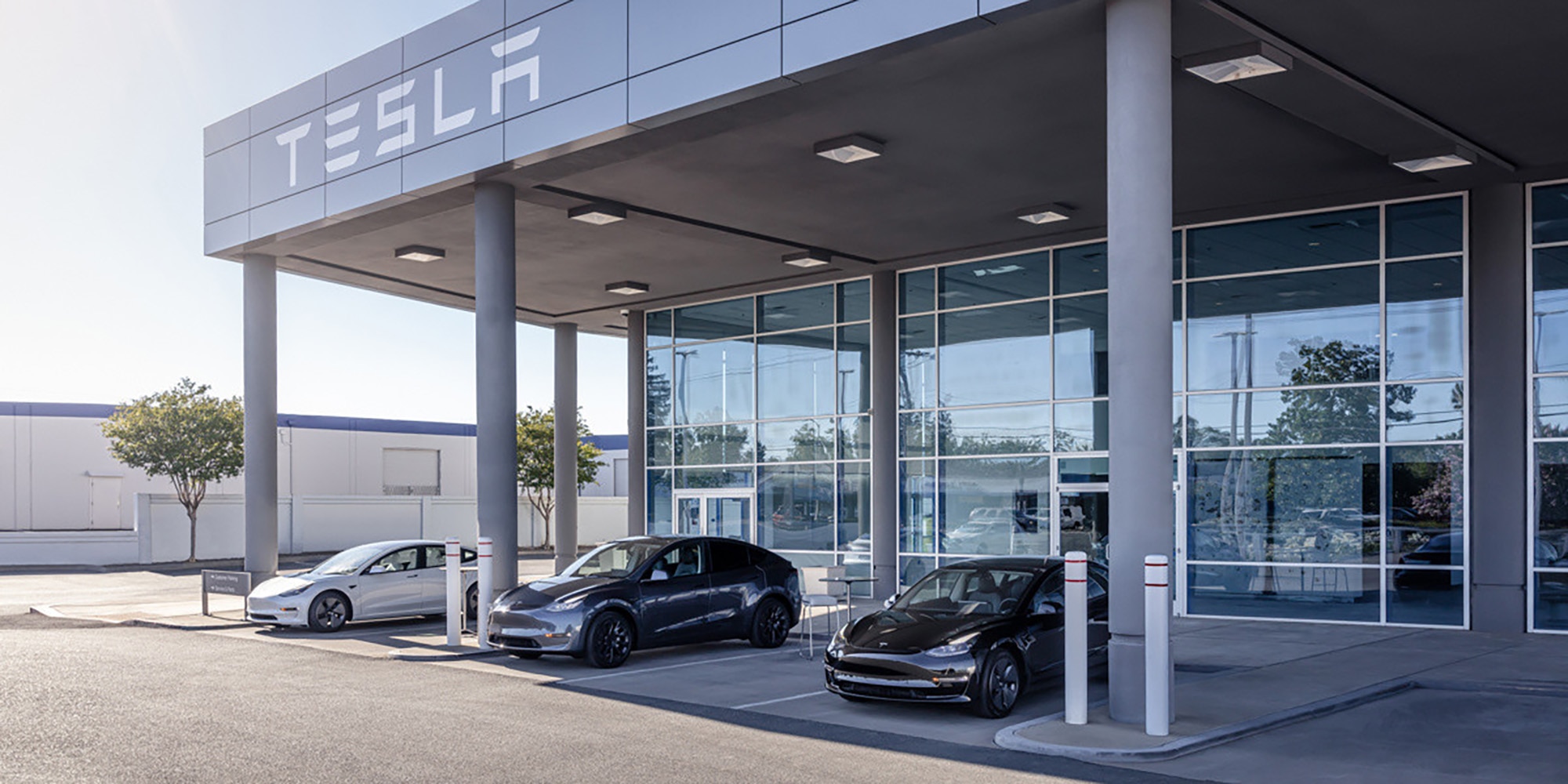Surprise! Your Tesla Can Leak Oil
Electric vehicles need lubricants, too.
 Tesla
Tesla
QuickTakes:
Many electric vehicle owners might assume that oil changes are a thing of the past. In reality, electric cars use lubricants similar to gas- and diesel-powered models to protect important driveline components.
As with any vehicle, over time those oils can degrade and cause problems. Here's why your EV needs oil and how to deal with a leak if it happens.
Not All Automotive Oil Is Strictly for Gas Engines
Although many people think of a gas engine when they think of oil used in cars, it's not the only part of a vehicle that relies on lubrication to operate properly. Differentials and transmissions, for example, also make use of oils to protect their internal components from friction and heat.
Oil used by other driveline components contains additives that are different from engine oil to better handle those environments and pressures. It usually comes in both mineral and synthetic formulations.
 Tesla
Tesla
Tesla Drive Units Use a Special Oil
Although the motor in a Tesla is electric, it is still connected to the vehicle's wheels by way of a drivetrain that includes differentials and a set of reduction gears that perform roughly the same task as a transmission in an internal-combustion vehicle. Those units contain lubricating oil.
The oil used, called ATF 9, is actually a transmission fluid that is used by other automakers in their automatic gearboxes. The amount of fluid is small — roughly 2.3 quarts for the rear motor and 1.3 quarts for the front — but there can be variance between models and model years. Some Teslas, such as the Model 3, even come with a dipstick to check the oil level.
Here's How That Tesla Oil Can Leak
As with almost any automotive oiling system, a Tesla features a filter for the fluid in each of its drive units. Over time, the O-ring that seals this filter can dry out and begin to leak. This can lead to a small puddle of oil forming under the vehicle after driving.
Replacing the oil and the oil filter involves a procedure similar to that for an internal-combustion engine. After lifting the end of the vehicle corresponding with the motor you are servicing, you would remove aero panels under the Tesla. A small oil pump circulates the ATF 9 in the unit, and it must be disconnected from the wiring harness and unbolted from the body of the drive unit. Next, pull on the pump until it is out of the way enough for oil to begin to drain into a container you've placed beneath.
With the pump out of the way, it's time to unscrew the oil filter from the drive unit, which can be done by hand. The new filter will come with a replacement gasket that is meant to solve the leak and screws back in to replace the old filter. Once you've installed the new filter, you can clean up any remaining oil on the outside of the parts.
Remount the pump and fill the drive unit with fresh oil through the fill plug. The final step is to cycle the oil through the system by selecting the nearest supercharger on the vehicle's navigation screen, which should cause the pumps to activate.



